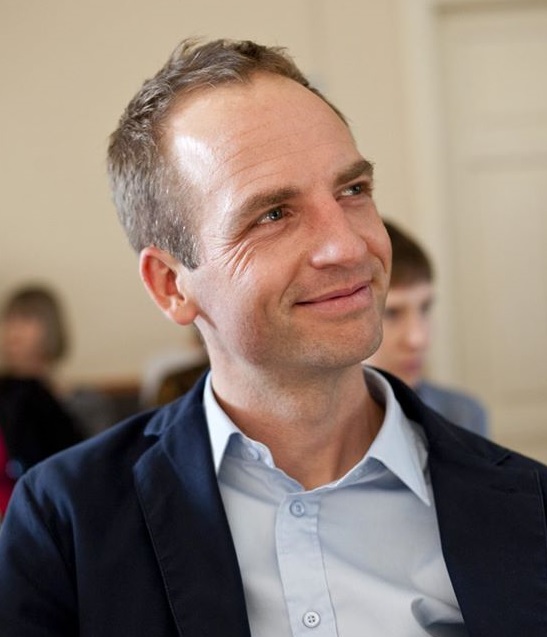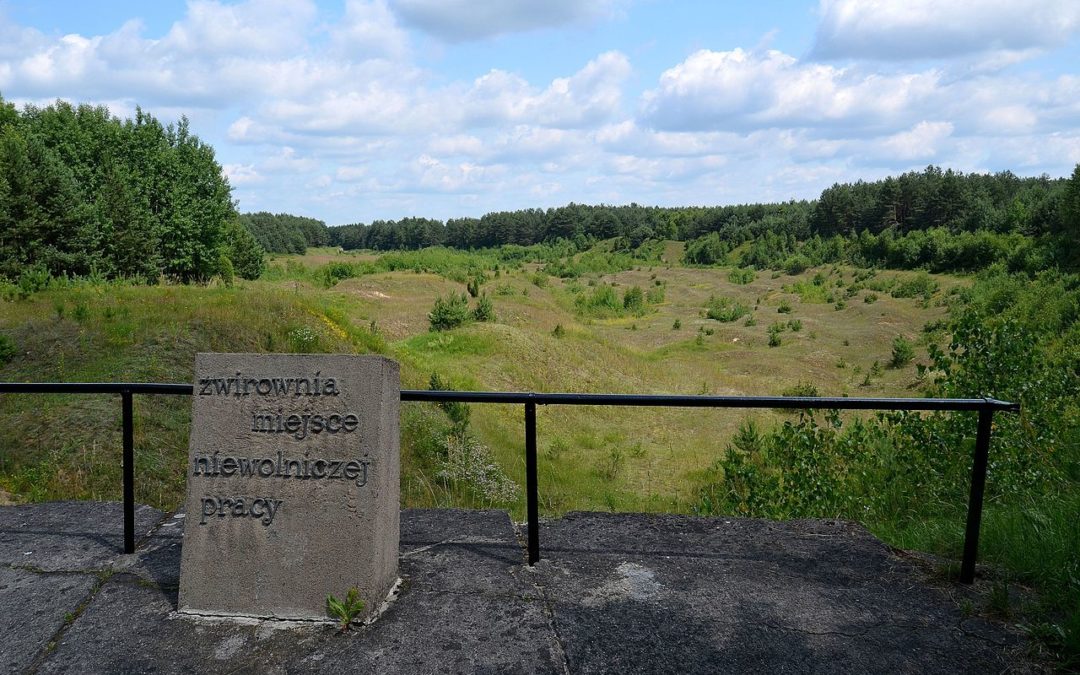A previously unknown mass grave has been discovered on a site currently used as a car park adjacent to the former Treblinka I forced-labour camp built and operated by Nazi Germany in occupied Poland during World War Two.
The find was made by prosecutors from Poland’s state-run Institute of National Remembrance (IPN) working with a team of international experts as part of an investigation into crimes committed at the camp in 1941-1944.
Ludzkie szczątki spoczywały pod parkingiem. IPN odkrył nieznaną, zbiorową mogiłę ofiar obozu w Treblince.https://t.co/jVdQYfGnmZ
— WPROST (@TygodnikWPROST) November 14, 2019
According to Andrzej Pozorski, director of the Chief Commission for the Prosecution of Crimes against the Polish Nation, the grave measured 4.5 x 3.4 metres and contained human remains. The remains were found after removing a 10-15-centimetre surface layer of land.
“The depth was very shallow, and they were individual human remains, not in anatomical order,” Pozorski added. “At this stage our objective is not to bring about exhumation, but to precisely identify the number and size of burial pits there.”
In addition to the human remains, debris from ammunition as well as clothing has also been found at the site.
According to the IPN, the people buried in the mass grave certainly included prisoners of the work camp. In an interview with RMF FM, prosecutor Robert Janicki explained that people were also brought from elsewhere to be executed.
“They were transported from Warsaw, from Sokołów Podlaski, a large group of inmates from Pawiak prison, and in the forest adjacent to the work camp they were killed and buried in hidden graves.”
The forest may also be the final resting place of Roma and Italians who were shot there.
The investigation carried out by the IPN along with experts from Poland, Austria, Norway and the United Kingdom is seeking to identify both the locations of the mass and individual graves of victims of the camps and the sites of mass executions.
Treblinka I was a forced-labour camp located in a forest north-east of Warsaw which operated between 1941 and 1944. Initially used to hold mainly Polish prisoners, it later also housed many Jews from Poland and other countries
More than half of its 20,000 prisoners are estimated to have died as a result of summary executions, disease and mistreatment.
The nearby site of Treblinka II was an extermination camp, where around 800,000 Jews were killed – more than at any camp other than Auschwitz.
Treblinka II was the subject of a recent Netflix documentary that has been criticised by Poland’s government for misleading maps suggesting Polish responsibility for the camp.
Main image credit: Wikimedia Commons/Adrian Grycuk (used under CC BY-SA 3.0 PL)

Ben Koschalka is a translator, lecturer, and senior editor at Notes from Poland. Originally from Britain, he has lived in Kraków since 2005.




















